Table of Contents
For one reason or another, you may find it more beneficial to relocate your plant. An endeavor easier said than done. There is a lot that goes into relocating and reorganizing a plant or shop. You have to consider your employees, equipment, budget, productivity, etc. Still, the process can be made efficient if you are aware of what factors must be considered and have the appropriate plan of action in place. In this guide, we’ll share with you all the essential aspects to consider when relocating or reorganizing your plant.
Contact Sullivan Industrial Services for a Consultation on Your Upcoming Plant Relocation or Reorganization in CT, MA, RI, or NY
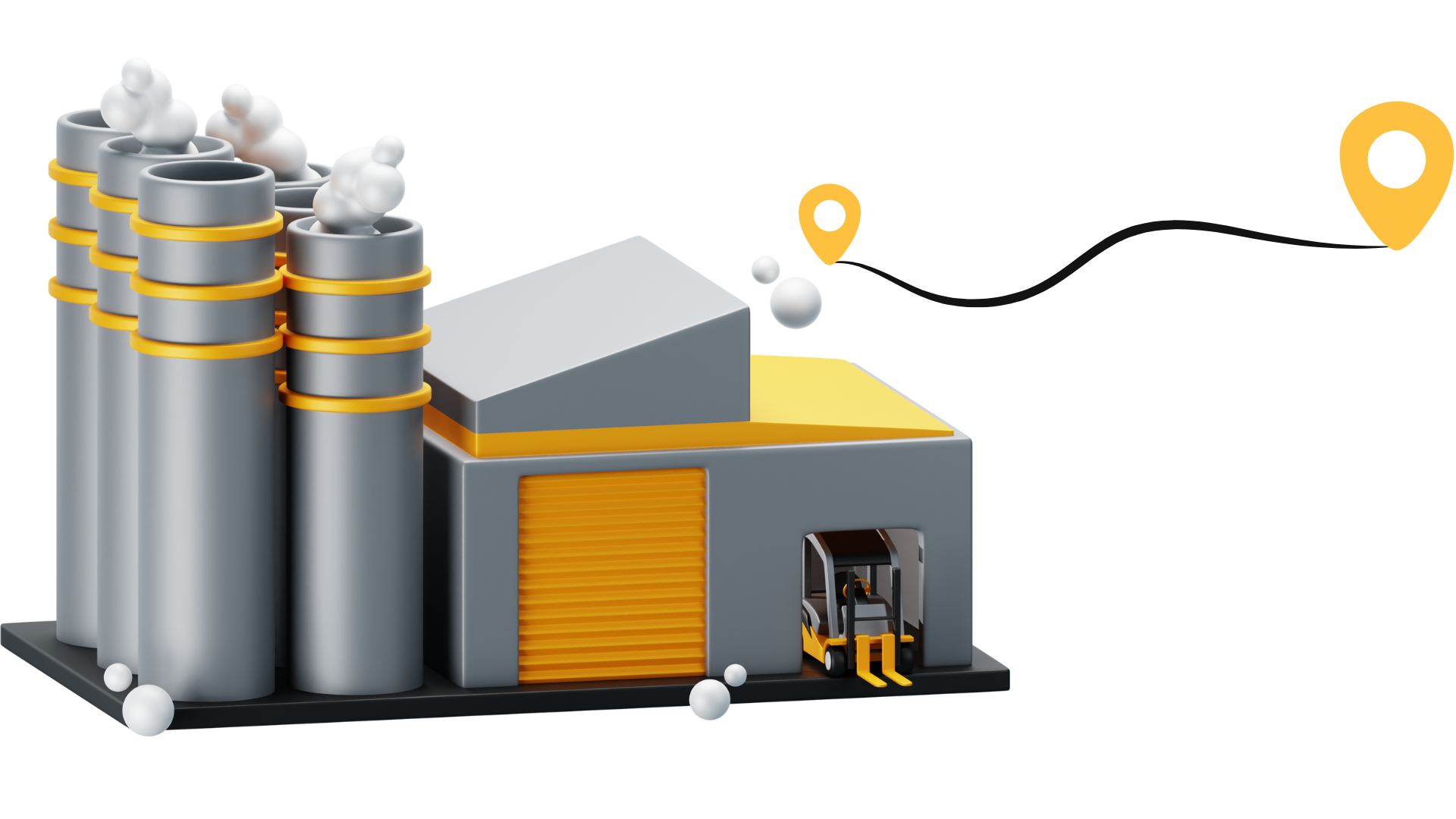
Planning Your Plant Relocation
Assessing Current Facility and Equipment
It’s essential to have accurate and detailed layout drawings of where the equipment is located in your current plant to plan for equipment relocation within the destination plant. These drawings assist engineers in creating designs that accommodate the necessary utilities for the new location. Additionally, a detailed assessment of the condition of your equipment is a requirement prior to relocation. In documenting the condition of the equipment, a recommendation can be made as to whether it can be relocated, needs refurbishment, or is better left abandoned. For equipment that will be relocated, operation and maintenance manuals, maintenance records, spare parts inventories, and structural information should be gathered and identified for each specific machine.
Developing a Relocation Timeline
The most important aspect and essential starting point to have is the development of the overall plan for the relocation project. The schedule may have to consider time for slowing production at the current location while simultaneously ramping up production at the new plant. The plant engineer will have to coordinate with manufacturing operations to arrange a schedule and even a certain order of equipment relocation. This schedule should also be shared with the facilities design team so they can also schedule a design, procurement, and installation of utilities and structural requirements.
Budgeting for Plant Relocation
A project manager should be in charge of creating a budget plan that considers the costs of the relocation. This budget plan should estimate the total costs of the relocation in relation to direct costs (such as rent, utilities, moving fees) and indirect costs (downtime, lost revenue, employee turnover). Overall, a budget plan is important because you want to ensure that you are not wasting money and are getting the most value for your money. Consider hiring a plant relocation consultant like Sullivan Industrial Services.
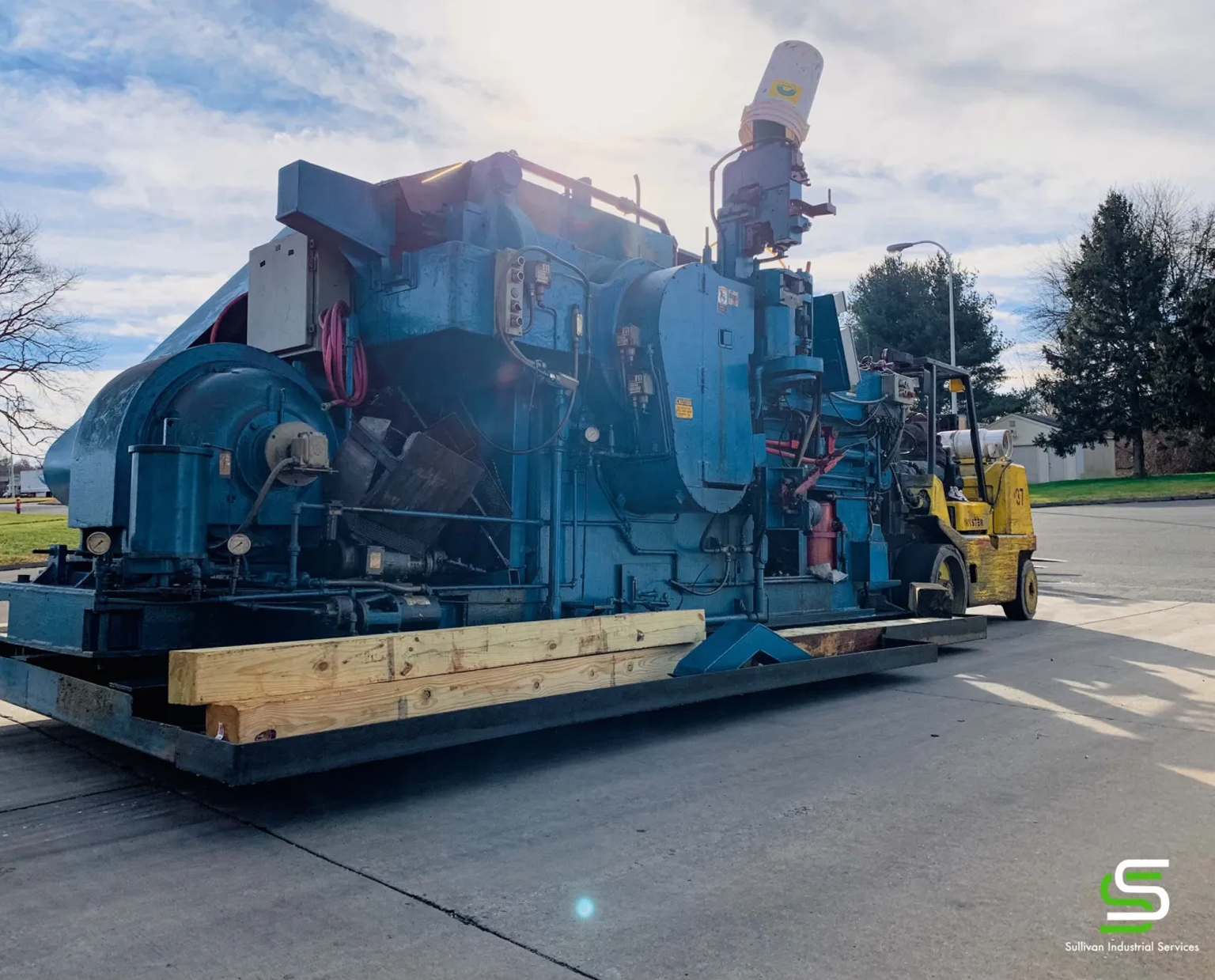
Designing the New Plant Layout
Principles of Efficient Plant Design
Not only should you have layout drawings of your current facility, but you should also have a detailed layout of the new plant. Having this plant design will help you dictate where each machine should go. Your plant layout should also include electrical jacks, exits, windows, and ceiling heights. Once you’ve created this design, have it go through a risk assessment. Such an assessment may detect problems you overlooked.
Space Utilization and Flow
A common issue for many plants is limited storage because of inefficient space utilization. When you start planning the relocation of your current plant, review whether the current set-up actually supports production or is problematic. It’s key that you maximize the use of floor space within your new plant. The first step to do so is assessing the use of vertical space. Arrange the new layout in such a way that space is left for employee navigation and equipment placement that fosters an efficient production process. Moreover, when moving plant machinery, it can disrupt your supply chain. To minimize that disruption, ensure your suppliers and those you supply are aware of your relocation. By giving them notice, you can avoid certain problems from occurring. Those you supply can order extra products to hold them over and your suppliers can know when to start delivering to your new plant.

Preparing for Plant Relocation
Employee Communication and Responsibilities
Employee communication and transparency are key. Throughout the entire process, your employees should be well informed. We recommend hosting a meeting with employees to inform them of the relocation process well in advance. Establish a moving committee involving department heads and coordinate with departments on moving dates. Employees should also be aware of the new facility layout.
Dismantling Equipment for Relocation
When it comes to dismantling equipment for relocation, it’s best you follow the manufacturer guidelines. Take photos or even create labeled diagrams to aid with future reassembly. Disconnect and secure any machinery connections. Properly seal fluid lines to prevent leakage. Remove and safely pack any detachable and fragile components. When transporting your equipment, be sure to use the appropriate lifting measures, such as cranes, forklifts, or hoists. Use sturdy rigging equipment to secure the machinery. Custom crating may even be needed to protect more sensitive parts.

Managing the Logistics of Plant Relocation
Selecting the Right Transportation Partners
To ensure your relocation goes smoothly, you should hire a professional relocation team. They can work with your schedule to make the relocation as easy as possible. They can also provide all the necessary equipment to move and transport every piece of your machinery. Having professional assistance can take a major weight off your shoulders. They can handle the bulk of logistics and execution. A quality team can guarantee a safe, secure, and efficient relocation.
Coordination of Machinery and Equipment Movement
Before your equipment is moved, you want to make sure its condition is properly documented. All machinery should be identified to include the equipment type, department or area, manufacturer, asset ID number, and weight requirements. Photos are also helpful for equipment documentation. All equipment information should be plugged into a spreadsheet or database so that it can be easily referred to. After this database has been created, the plant engineer can begin to design the utility systems in the new plant. They can confirm that the utilities are installed in the correct spaces. Additionally, coordination of pit, trench and foundation information requires coordination with a structural engineer. Overhead requirements such as cranes, monorails, and conveyors also require structural coordination.
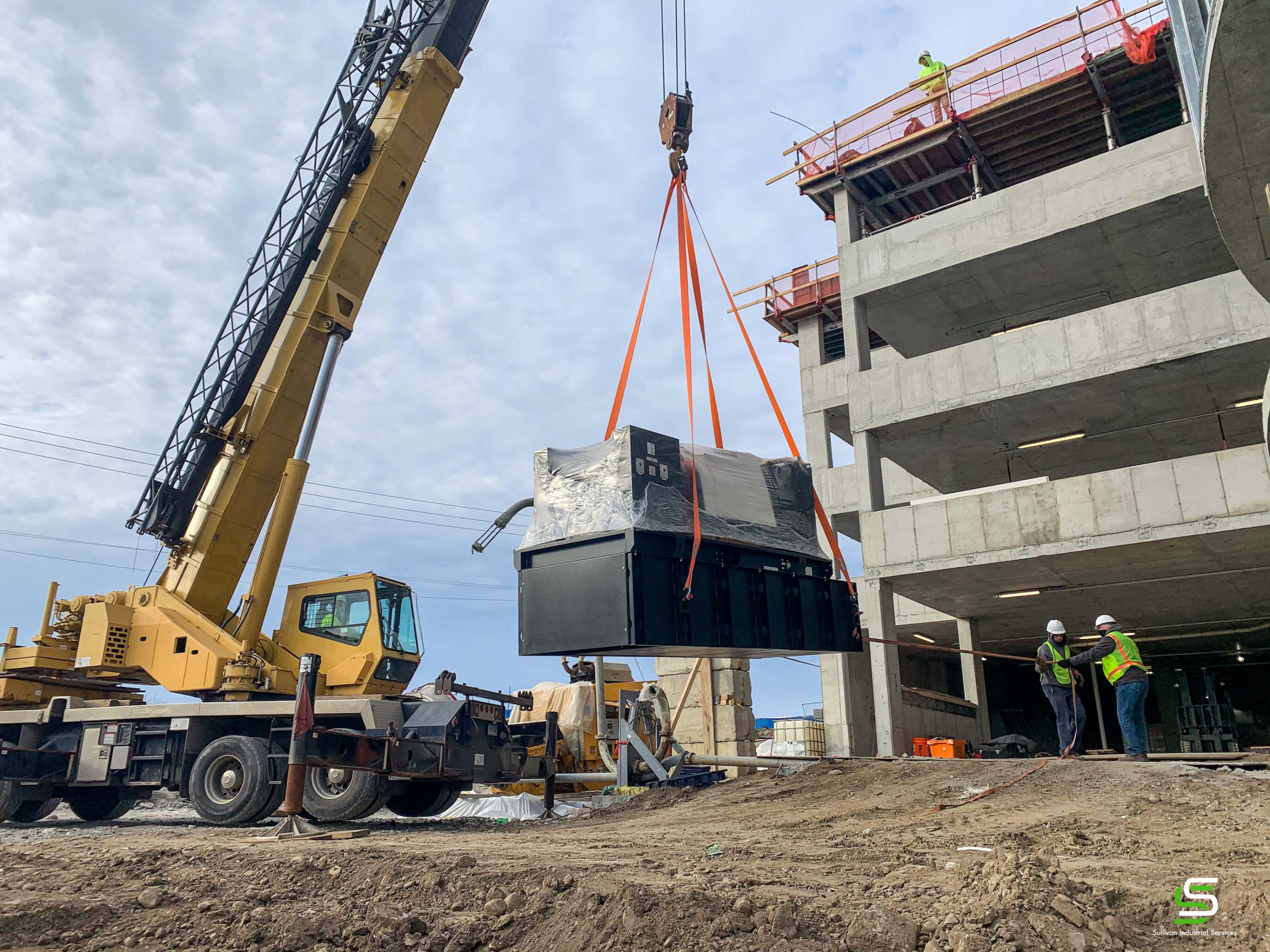
Rigging & Machine Moving – A Complete Guide
In this guide, we give you a thorough and in-depth look into rigging and machine moving practices. We touch on types of rigging, rigging equipment, rigging techniques, workplace safety, and training.
CNC Installing and Reorganizing at the New Location
Setting Up Machinery and Equipment
Equipment should be carefully unloaded using the proper techniques. When reassembling the machinery, ensure that it’s being done on a stable and level surface. It’s good to refer to the previous documentation, photos, or diagrams created during the disassembly process. Reconnect electrical, hydraulic, or pneumatic connections following manufacturer guidelines.
Infrastructure and Support Systems Setup
It’s the responsibility of the plant engineer to coordinate with the appropriate person to ensure arriving equipment is ready for installation and the utility points are correct. When the equipment and utilities are connected, a preliminary test should be performed to confirm everything functions as it should.
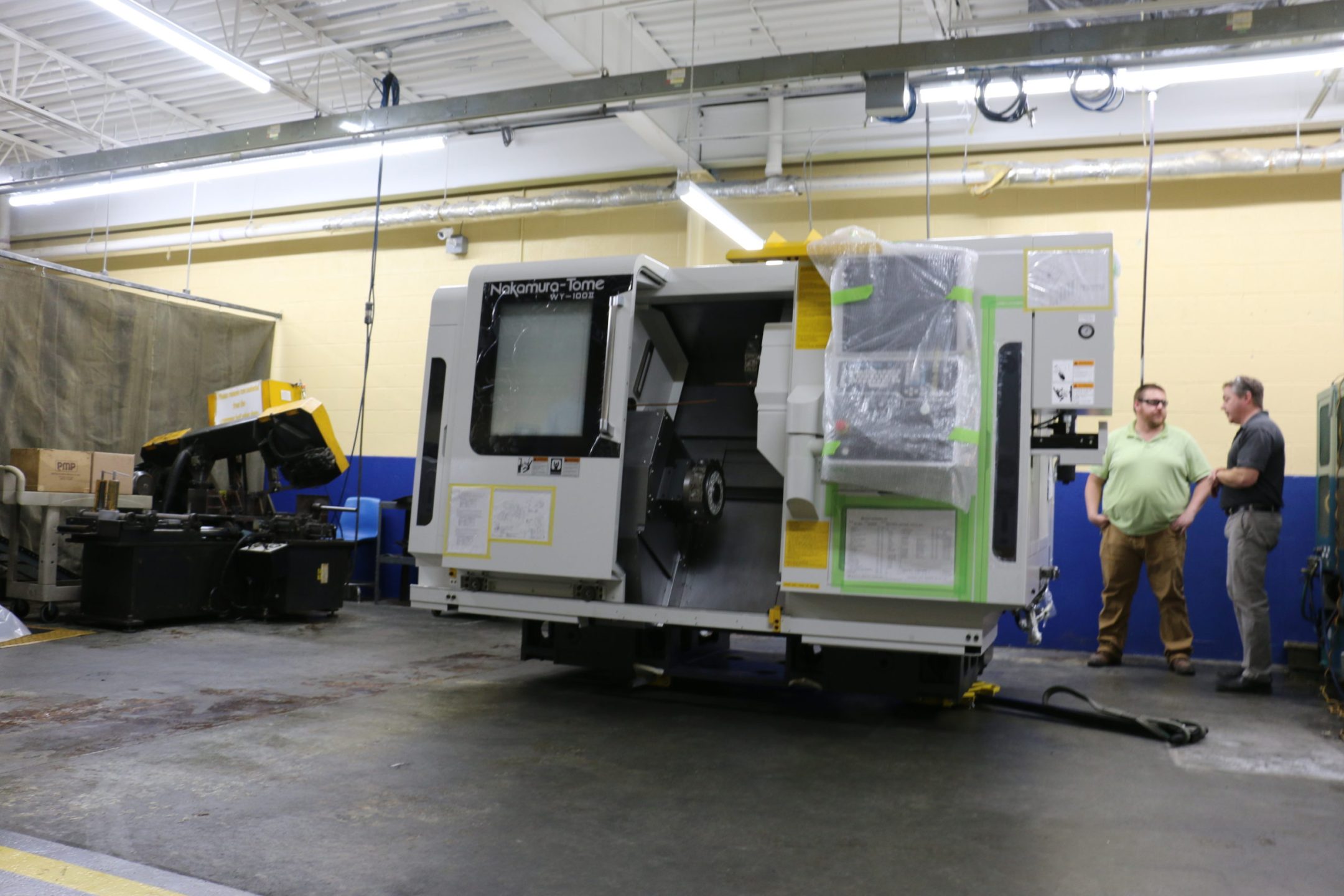
Operational Testing and Safety Checks
Ensuring Equipment is Operational
Once the relocation and reorganization are complete, you must test the equipment to ensure they function properly. Staff should be trained on any equipment processes that may have changed with relocation. A maintenance plan should be in effect on the chance that any issues arise.
Conducting Safety Inspections
You should have a professional come in to inspect the physical conditions of your new plant. Using various tools and equipment, they can gather relevant and reliable information. They can assess equipment, materials, processes, and controls.
Post-Relocation Adjustments and Optimization
Monitoring Production and Workflow
It’s crucial to monitor plant performance. Doing such involves collecting, analyzing, and reporting data on various aspects of the plant’s operations. By monitoring production, you can be made aware of any issues or even opportunities that affect your plant’s performance. Overall, incorporating an efficient monitoring system can help improve productivity, reduce downtime, and cut costs.
Employee Training and Adjustment
Not only should employees be informed about the relocation, but they should also be prepared for it. Involve them as much as possible with the planning process to get their opinions and suggestions. Additionally, employees should be provided with the necessary information to facilitate the transition, such as maps, directions, parking, etc. In relation to their work, they should be trained on any new or updated equipment and procedures. They should also come into work with knowledge of how the new plant is laid out.

Plan Relocation & Reorganization Conclusion
By now, you have a thorough overview of what goes into plant relocation and reorganization. There are a lot of moving parts but as we mentioned, it all starts with a comprehensive plan. In reading this guide, you are off to a great start in creating that plan!
Contact Information for Specific Queries
For specific queries or more information, reach out to us at contact@sullivanindustrialservices.com or give us a call at 203-859-4238. We’re here to provide tailored solutions for all your machinery skating and rigging needs.
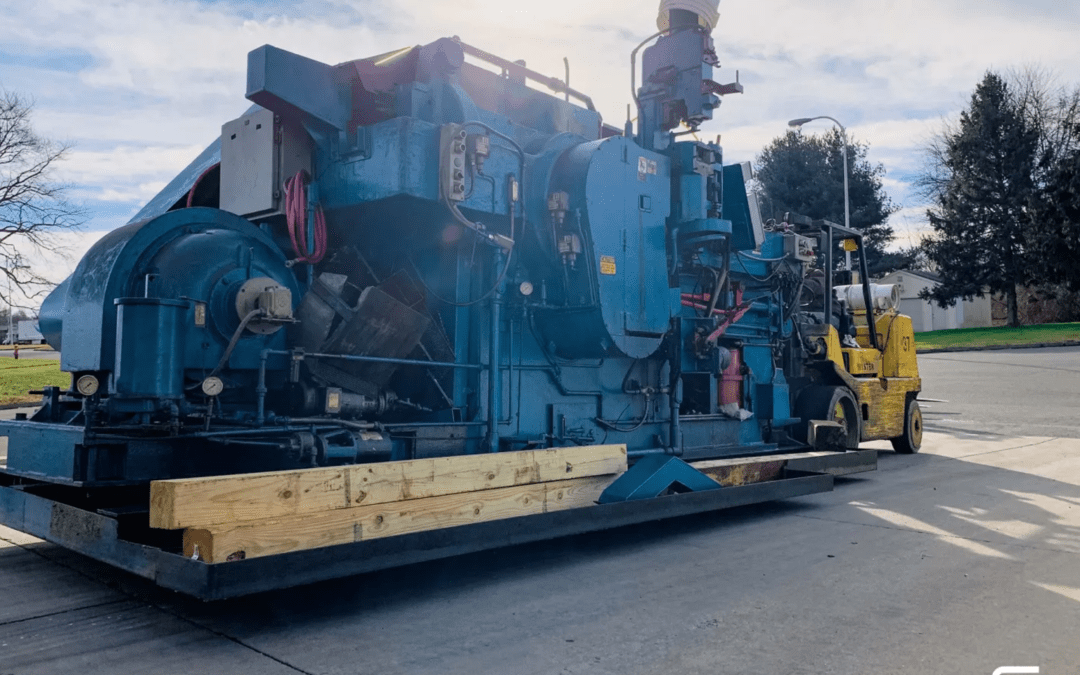
Recent Comments